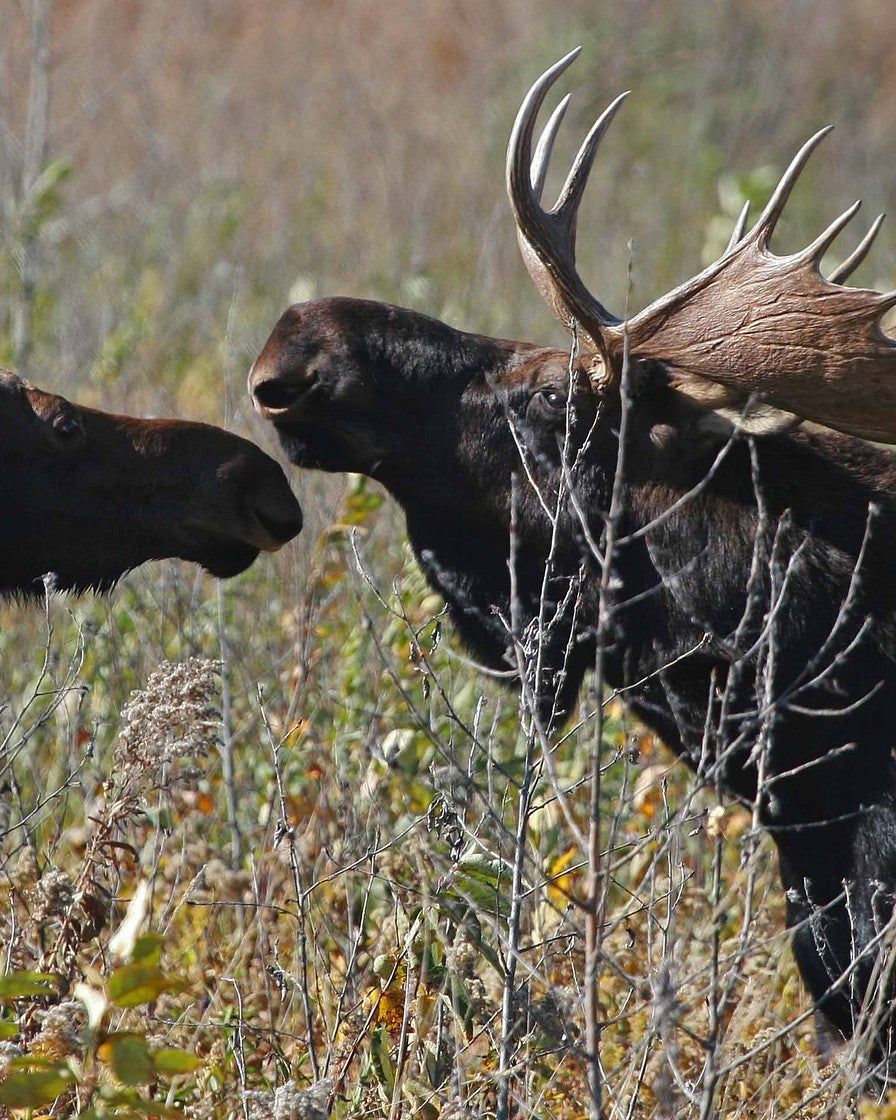Once an animal is located for a test, the team employs a variety of tactics to capture it: tranquilizer darts for moose, aerial nets and ground traps for wolves and deer—and, for some bears, a close encounter in their dens while they hibernate. Once the samples are collected, they’re sent to Aliota’s lab in Saint Paul where he hopes to identify which animals could act as “bridge species” and transmit the disease to others. Everyone on the collection team is fully vaccinated and boosted, and they are tested frequently to limit any transmission of the virus to the wildlife they’re sampling.
“If we consider that there are many species and they’re all intermingling to some extent, their patterns and their movements can exponentially increase the amount of transmission that could occur,” said E.J. Isaac, a fish and wildlife biologist on the reservation.
Viruses like SARS mutate in order to enter an animal’s cells and replicate before mutating again—enough to “have a key that fits in the human lock” that “allows it to leap back to humans through close contact with live animals,” according to the AP.
Read Next: First Possible Case of Deer Spreading COVID-19 to a Human Discovered in Canada
“We’ve known for a long time that deer and other wildlife, and even our pets can get and contract and carry SARS-CoV-2. The CDC currently states that the risk of pets spreading it to people is low,” Nick Pinizzotto, president and CEO of the National Deer Association, wrote in an email to Outdoor Life. “Still, the World Health Organization has recently stated that the introduction of SARS-CoV-2 to wildlife could result in the establishment of animal reservoirs, which is also important.”
With this possibility in mind, testing programs like the one in Grand Portage will likely expand in other places to include additional wildlife species. International organizations like the World Organization for Animal Health are urging countries around the world to prioritize COVID surveillance in animals, as experts say the threat posed by the virus doesn’t seem to be going away anytime soon.
“We are encroaching on animal habitats like we have never before in history,” said Aliota. “Spillover events from wild animals into humans are, unfortunately I think, going to increase in both frequency and scope.”
